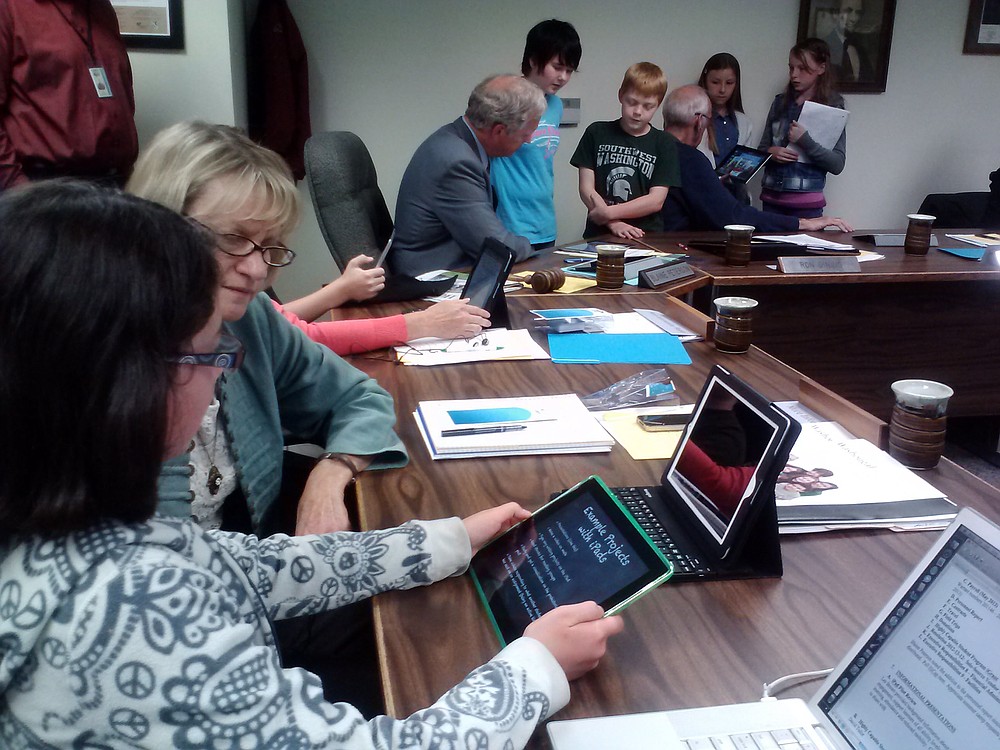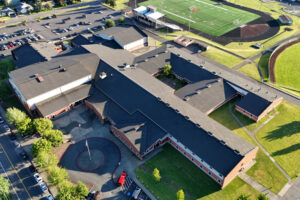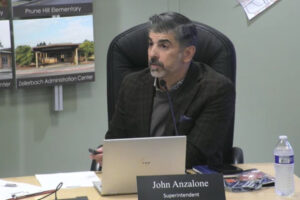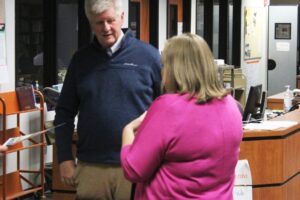After a year of using iPads, student absences and tardies have significantly decreased, and students are more engaged in learning.These results come from a fifth-grade iPad pilot program in the Washougal School District. At the start of the school year, students in three classrooms were given an iPad to see how it would impact learning.
“Both students and teachers in the iPad pilot report high levels of interest in continuing the pilot, and look forward to showcasing the student projects and learning that have taken place throughout the year,” said Les Brown, technology director.
Results from the pilot group show unexcused absences to be nearly half of those who did not have the devices in the classroom. In addition, excused absences are 34 percent lower and tardies are about 30 percent lower.
“This translates into more students being at school and ready when school starts,” Brown said.
In addition, students and teachers in the pilot have spoken very positively about the iPads.




